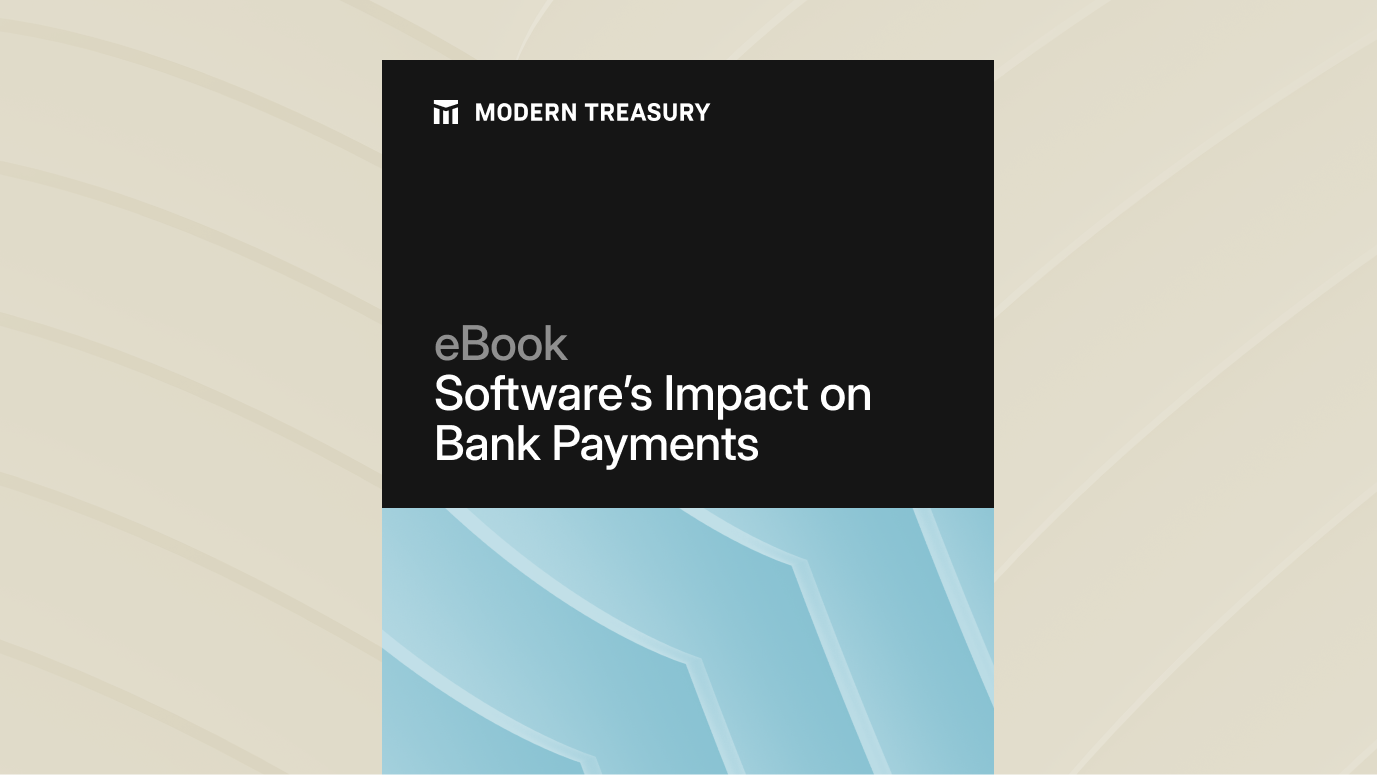Join us at Transfer 2025 to hear how industry leaders are building payments infrastructure for a real-time world.Register Today →
Building International Payment Systems: A Conversation with Glenbrook’s Elizabeth McQuerry
In this journal, Dr. Elizabeth McQuerry of Glenbrook Partners shares her perspective on innovations happening in cross-border payments and how Global ACH fits in.

My colleague Lucas Rocha and I recently logged into a zoom call to interview one of the eminent experts on international payments, Elizabeth McQuerry.
Dr. McQuerry, now a Partner at Glenbrook leading Global Payments Practice, has over 20 years of experience developing and supporting products for cross-border transactions. Prior to Glenbrook, she was the CEO of the International Payments Framework Association (IPFA) and served as the head of FedGlobal ACH for the Federal Reserve Retail Payments Office. During her time at the Fed, she worked with Global ACH (also known as cross-border ACH), a SWIFT alternative we launched support for this spring.
In this interview, Dr. McQuerry shares her perspectives on innovations happening in cross-border payments and how Global ACH fits in.
A Q+A with Elizabeth McQuerry
What innovations are you seeing in cross-border payments? What’s in store for international payments in the 2020s?
It’s the most exciting time in cross-border payments in decades, because of so much innovation across the space.
All the players—banks, fintechs—are working together and pushing on each other to do more and do better than they have before. And the innovation isn’t only happening at the edges, where fintechs are making the user interface attractive and easy to use, but also at the core of payment systems.
You see this in systems like SWIFT who are making their products more market friendly. SWIFT is a big player in supporting Project Nexus, a plan for linking various countries’ instant payment systems, and their new product, SWIFT Go, offers more of a real-time, instant payments experience for the end user.
And you see this with cross-border ACH payments, essentially using local rails to complete a payment internationally. For payments that are not time sensitive, or where there is expense sensitivity, this becomes an attractive alternative for the end user. It’s not a real-time experience but it can remove a lot of international payment friction.
And the reality is, we probably could have been making more progress even 10 years ago, but we weren’t. We had the capability, but there was also a lot of complacency. Now the space is seeing a lot more dynamism, and fintechs are improving to make this international payments experience much more seamless.
How do you think the world has changed to become more receptive to this “conversation” now? What has catalyzed innovation?
Well, it’s no longer an option for the banks to wait to make improvements because fintech solutions are gaining traction. Remittances are still growing, the market is still evolving, and the underlying infrastructure of cross-border payments needs to catch up with the fundamental transformation going on in domestic payment systems around the world. All the cogs that were once moving at different speeds are now coming into alignment.
And the pace of change is getting faster. You look at UPI in India, Singapore’s instant payment rails, and the launch of RTP in the US. Maybe the most striking example is Pix in Brazil, which took just one year to gain widespread adoption, having been used by two-thirds of the adult population. We’re moving fast and making improvements and learning from each other. And because of that the opportunity now feels much more tangible.
What is the role of banks and fintechs in driving innovation in cross-border payments?
There is always going to be a bank player in cross-border transactions. They’re not going away; their role is too important even if it may not be visible—especially when it comes to B2B payments and large transfers.
Banks also offer a relationship; that is, adjacent services like lending and deposits, foreign exchange in large quantities, and other treasury management services that you can’t get from a fintech company because they can’t hold funds themselves. So there are limits on what fintechs, alone, can offer large corporates.
Fintech players, working alone, are great for small or medium companies because of the exceptional user experience. There is a small premium for the convenience of working with them, and having the fintech take the friction out of payments so companies can actively focus on the key areas of their main business.
But a lot of companies, small and large, are using both banks and fintechs. A large transnational corporation like Amazon, which has a lot of flows through banks, might decide to employ a fintech if launching a product in a new country. They want to be able to do the same process in every country that they enter, and a fintech company can help them access a payment system or structure their payment business in multiple ways.
Can you tell us more about cross-border ACH and how it differs from other cross-border alternatives in terms of use cases?
Cross-border ACH (also called Global ACH) can generally be classified as non-urgent account-to-account payments, the counterpart to time-sensitive instant payments.
Cross-border ACH solves challenges for frictions in the market for a lot of entities with transfers that go outside the country but don’t need to be instant. Companies can initiate a pay out that will take place tomorrow or two days from now, and can do this at scale and at lower cost.
With existing systems —that is, national real-time payment systems—cross-border connections are new. We are still likely years away from instant payments becoming a mass retail activity.
But for businesses in particular, cross-border ACH is an extremely viable option. When I was at the Fed, the biggest payment sender was the US treasury—sending payments for people who live outside of the US who are getting Social Security or other annuities, insurance payouts, or all sorts of non-urgent commerce payments (for goods and services made out of the country). I learned about a lot of unexpected use cases, and it made me realize there was a lot more in terms of international payments going on every day than what meets the eye—business services or medical tourism, for example.
Do you think cross-border ACH will become a standard for other industries, like logistics?
In some of these cases, we’re already seeing that. The advantages are obvious and compelling on cost and predictability once established.
There are also challenges: for example, when you need to pay the exact amount, or it’s your first time paying and you’re not sure when the payment will actually arrive and settle because of the varying cutoff times and operating cycles.
Right now, cross-border ACH has a few limitations—it’s credit only, and there are no reversals. Do you think that will change someday? Is there a world where cross-border ACH looks and functions like domestic ACH?
Well, cross-border is global, so there are frictions there that will always exist until we have a globally-linked payment highway. Over time, those frictions will minimize and fade away, but not all of them, and not at the same time.
But there will likely be corridors and regions that link up—this is happening already like with India and Singapore, or with Sweden and the EU, but that doesn’t cover every use case. For example, UPI has some value limits and less than a handful of use cases. Though it is extremely successful in these cases, that success does not necessarily transfer to B2B payments.
We’ve reached a point where technology and certainty around being able to make payments on a cross border basis has improved fundamentally, and we’ll continue to see it improve. Ultimately, even with limitations, cross-border ACH will remain an attractive alternative when the money doesn’t have to arrive at its destination in the next 20 minutes.
Try Modern Treasury
See how smooth payment operations can be.







